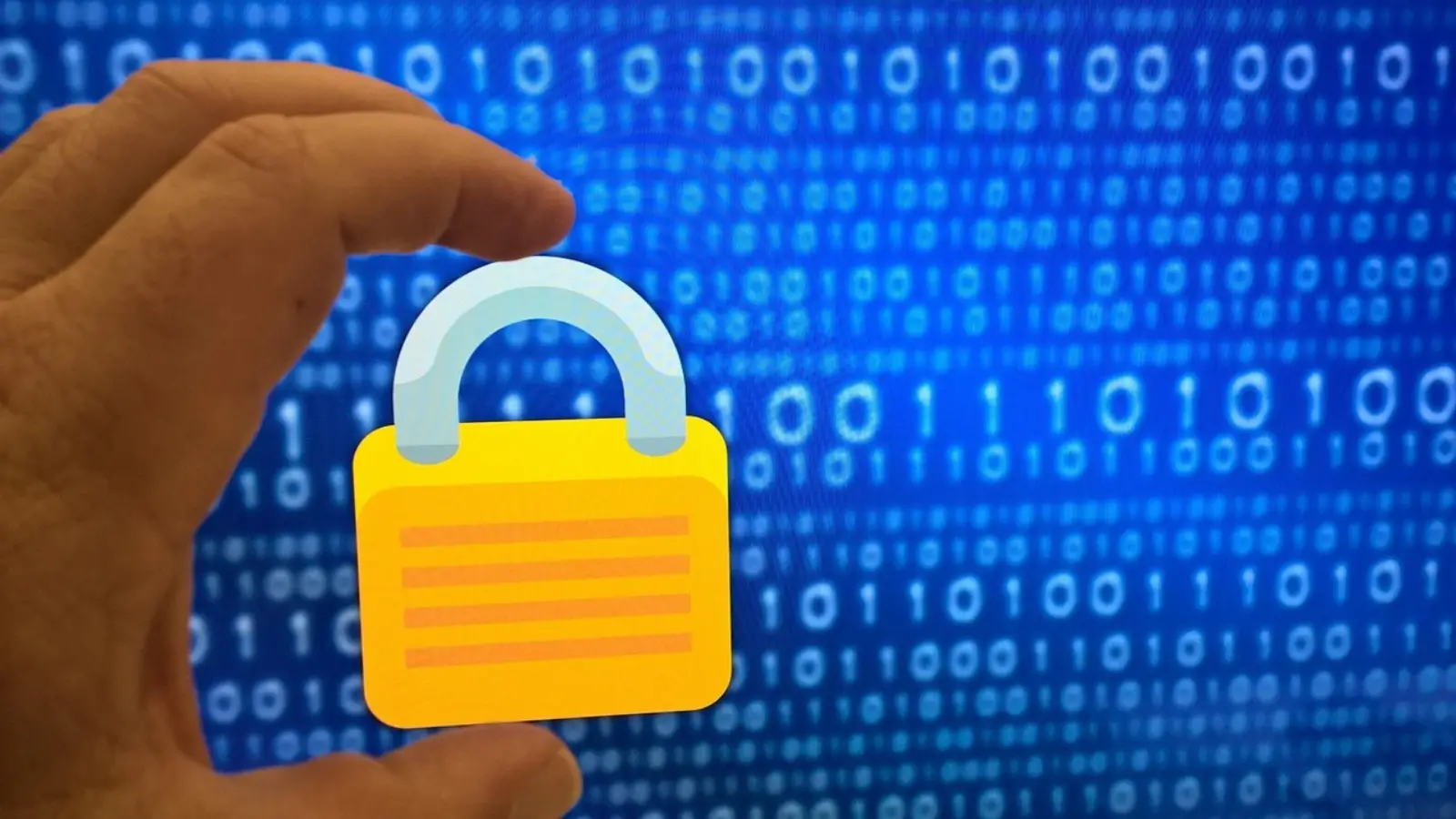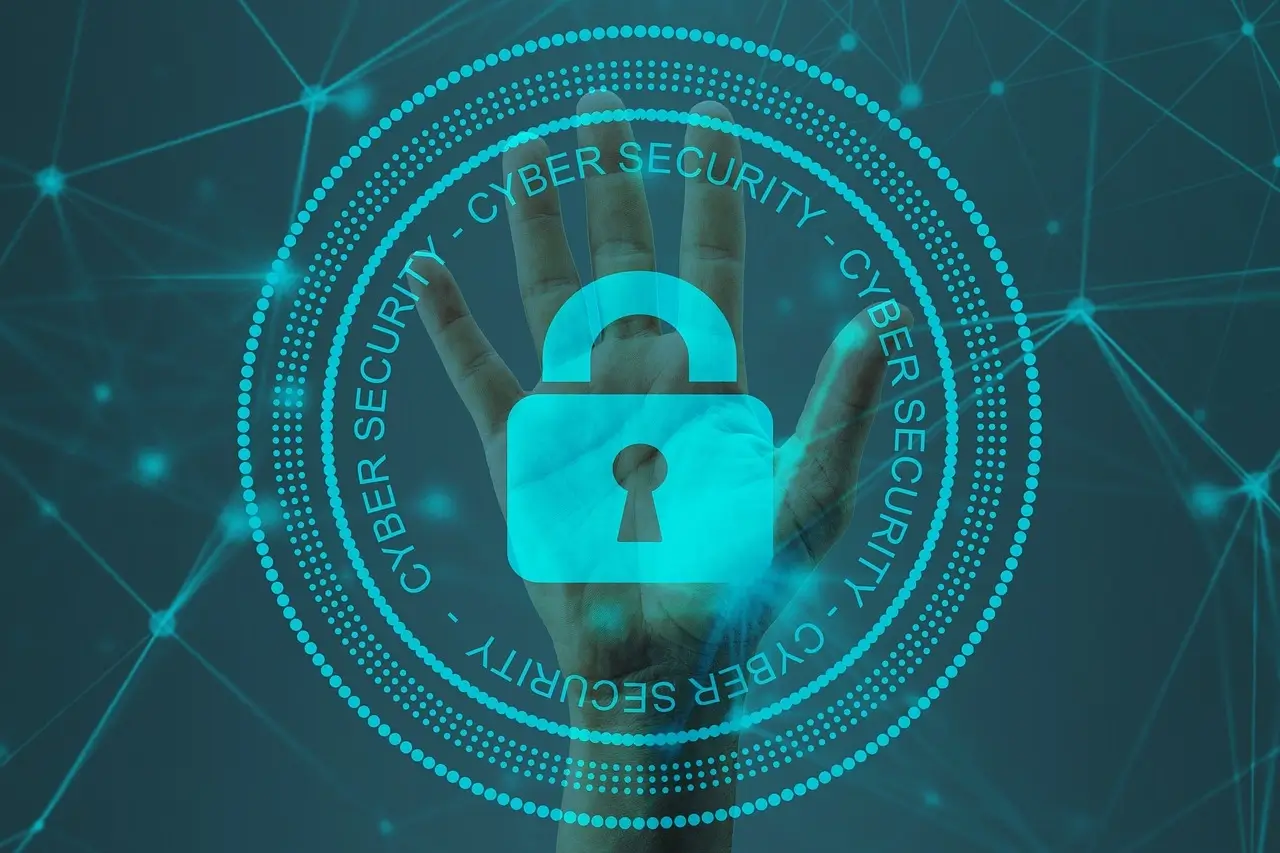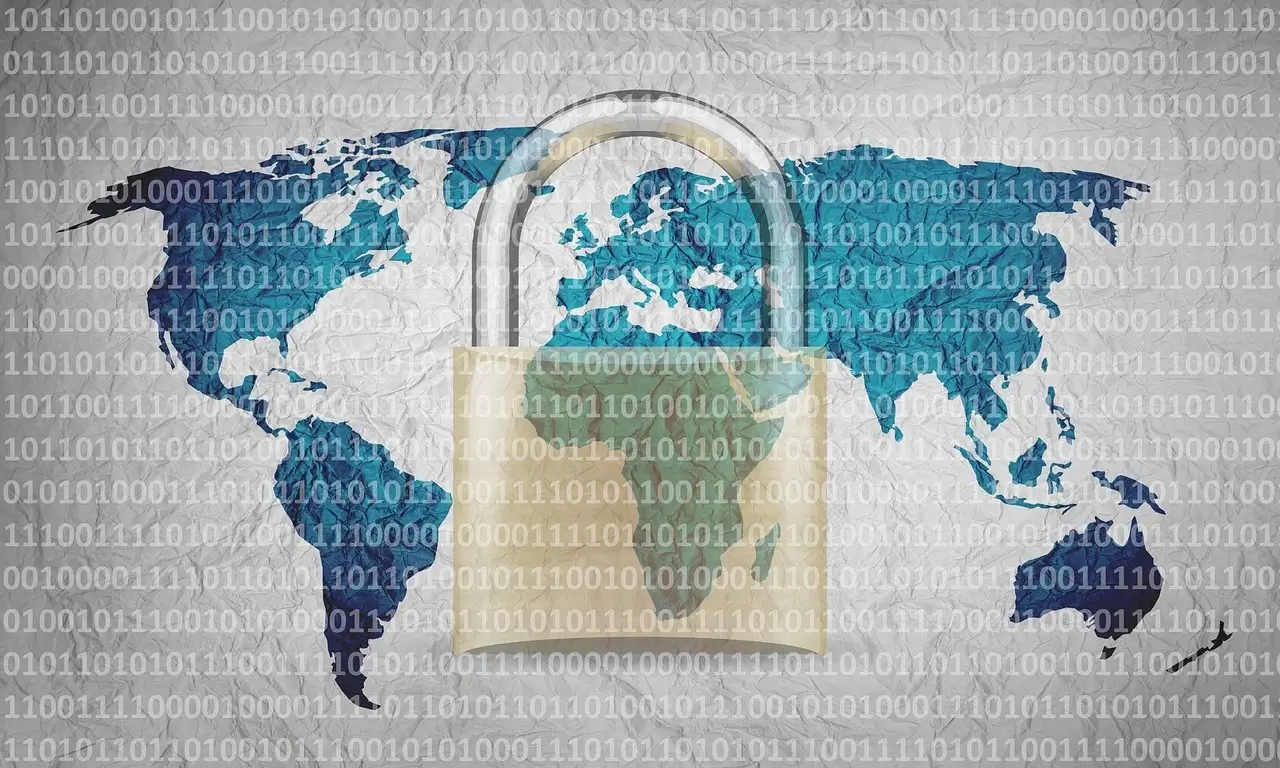


‘Privacy is not something that I’m merely entitled to, it’s an absolute prerequisite.’
The digital economy is knocking on your door. It's already entered your fridge, shaken itself a drink, and plopped itself on your couch with your Wi-Fi passkey. Crypto wallets to bank apps, to daily tap-and-go services are all deeply embedded within the canvas of digital payments.
That convenience, naturally, is accompanied by danger. From savvy hackers searching for weak passwords to watchdogs expanding their control over data management, privacy, and security are not luxury items.
They are your survival equipment. And with digital and crypto payments on the rise, safeguarding those assets needs something more substantial than a password you conjured up with half-closed eyes at 3 a.m.
So, how do we balance the thrills of innovation with the realities of digital exposure? Let’s explore the ways individuals, businesses, and even regulators are trying to keep the ship afloat while sailing into this brave new world.
When you text, order pizza, or buy some Ethereum, your digital footprints leave a path behind you through servers and networks around the world. Blockchain is all about transparency, but transparency can look like vulnerability if left unchecked.
This is where blockchain explorers step in. The classic matchup of Etherscan vs. deBridge Explorer shows how users can keep tabs on what’s happening under the hood; whether it’s Ethereum-only activity or cross-chain moves. Think of them as different flashlights in a crowded nightclub: you might not love everything you see, but at least nothing stays hidden.
A DeFi Explorer is the backbone for dApps (decentralized applications). These explorers let anyone track transactions, smart contracts, tokens, and interactions across dApps. They offer real-time analytics and transparency, helping users and businesses alike navigate complex ecosystems.
With this data, investors can make informed decisions instead of just crossing their fingers and hoping their crypto isn’t swallowed by a rug pull.
And that is the paradox: transparency is powerful, but risky. Every transaction that goes on-chain is transparent and permanent. The challenge is to find ways to use those insights without compromising your privacy on a silver platter.
True, seeing your transaction hash on a blockchain explorer is as cool as being a tech wizard. But don't forget everything from balances within your wallet to transaction interactions with your contracts can be reverse-engineered as a digital jigsaw puzzle.
They adore that puzzle. They don’t only try one piece out. Their memory or persistence weaves together enough to recognize who you are and what you own, and when you act. And this could generate wallet-targeting phishing or true-world threats.
That brings us to the essential balancing act. Employing transparency instruments such as explorers for accountability purposes, yet maintaining personal anonymity via mixers or privacy coins, or multi-layered wallets. It is walking a tightrope, and you need as much visibility to prevent yourself from stumbling into scams as you need to refrain from leaving breadcrumbs for wolves.
While financial transactions are made transparent with blockchains, companies are data-mining another form of digital currency: customer data. Whether through surfing patterns or buying patterns, data is the holy grail of personalization and advertising. But after GDPR, mismanaging data is equivalent to handling chainsaws. It’s a thrilling thought, until you move wrong and regret it.
This challenge is exactly what a customer data platform GDPR tool by Usercentrics is built to solve. For enterprises managing thousands or even millions of customer interactions, a CDP (Customer Data Platform) is essential. It consolidates scattered data into a single, actionable view, making compliance easier while also unlocking deeper insights for the business.
A CDP allows retailers, banks, and other high-touchpoint businesses to create personalized experiences across multiple channels. Marketing and sales teams can finally work off the same page, instead of fumbling through siloed systems like two roommates sharing one fridge but never talking about whose milk is whose.
Meanwhile, CDPs make privacy compliance easy. While GDPR and other rules loom large over company necks, a single data structure equates to fewer places where non-compliant practices can creep in. That way, firms can enjoy the best of both worlds: richer customer understanding and increased trust.
Think about it: without a CDP, businesses are essentially blindfolded drivers. They know the car’s moving, but they have no clue who’s in the backseat or where they’re heading. With a CDP, they can see not only the passengers but also their playlists, snack preferences, and preferred arrival times.
And perhaps best of all, CDPs make privacy an opportunity rather than a liability. Customers increasingly demand that brands respect their data. So up to this point, having CPD is a competitive advantage.
Naturally, any discussion about security and privacy is incomplete without focusing on cyber criminals, the hackers, scammers, and phishers who turn surfing the web into a funhouse with too many back alleys.
Crypto specifically is an attractive target. Billions have been drained off via rug pulls, exchange heists, and phishing schemes per recent reports. As opposed to regular bank heists, where looted money can sometimes be tracked and recovered, crypto thefts often just disappear into thin air (pun not meant to be taken ironically).
Add to this the rise of AI-driven attacks–malware that learns, phishing emails that look eerily real, and deepfakes that impersonate CEOs–and suddenly, cybersecurity looks like a high-stakes game of whack-a-mole.

It is possible to assume only multimillion-dollar crypto whales or Fortune 500 companies are under threat. However, an ordinary user receives threats on a daily basis as well:
And don’t even get me started on SIM swap attacks, where thieves steal your phone number to grab 2FA codes. It’s the cyber version of lifting your house keys and mailbox keys.
Luckily, the defense isn’t hopeless. Digital life comes with risks, but also with plenty of shields and strategies.
The strongest? Awareness. When you learn about hackers' tricks, you can begin to set up roadblocks. But awareness needs to come with tools and practices that keep out bad actors.
Here are a few practical ones:
And beyond tools, there’s a cultural shift needed. Companies must treat data protection not as a compliance checklist but as part of their brand DNA. Individuals must treat passwords like toothbrushes and change them often, and never share them.
Regardless of how stylish your hardware wallet or your privacy coin, there will always be regulators involved. As you already know, regulators around the globe are struggling to find ways to control digital assets without stifling innovation.
GDPR paved the way in Europe by requiring businesses to honor and safeguard customer data. The U.S., though behind schedule, is observing states move to pass their own privacy legislation. Crypto-related regulations are even surfacing to strike a balance between transparency to combat money laundering with personal privacy protections.
The push-pull dynamic here is fascinating. Regulators want oversight, companies want flexibility, and users want freedom. And what can be the result of all this? A slow dance where everyone occasionally steps on each other’s toes.
All in all, privacy and security are about trust. People need to trust that their exchanges, apps, and banks are not going to mess with their data or dollars. Businesses need to trust that the rules of engagement are not going to shift overnight. Regulators need to trust that firms are not taking advantage of loopholes.
Establishing this trust necessitates cooperation among all three groups:
When those disparate pieces come together, crypto and digital payments can thrive without becoming a dystopian free-for-all.

If there is one lesson to draw from this fractious mix of crypto, compliance, and cyber threats, it is that privacy itself has become a currency of its own. Treat it well, and you enrich yourself. Ignore it, and you will end up paying for it, often with cash.
Digital transactions aren’t going away; they’re multiplying. Crypto isn’t fading, it’s evolving. And with every leap forward, the stakes for privacy and security rise.
The lighthearted but timely reality? When you live and breathe digital and cryptocurrencies, safety is not about paranoia but about preparation. Because as fast as innovation goes, building trust takes time, and just seconds to lose.
Petra Rapaić is a B2B SaaS Content Writer. Her work appeared in the likes of Cm-alliance.com, Fundz.net, and Gfxmaker.com. On her free days she likes to write and read fantasy.